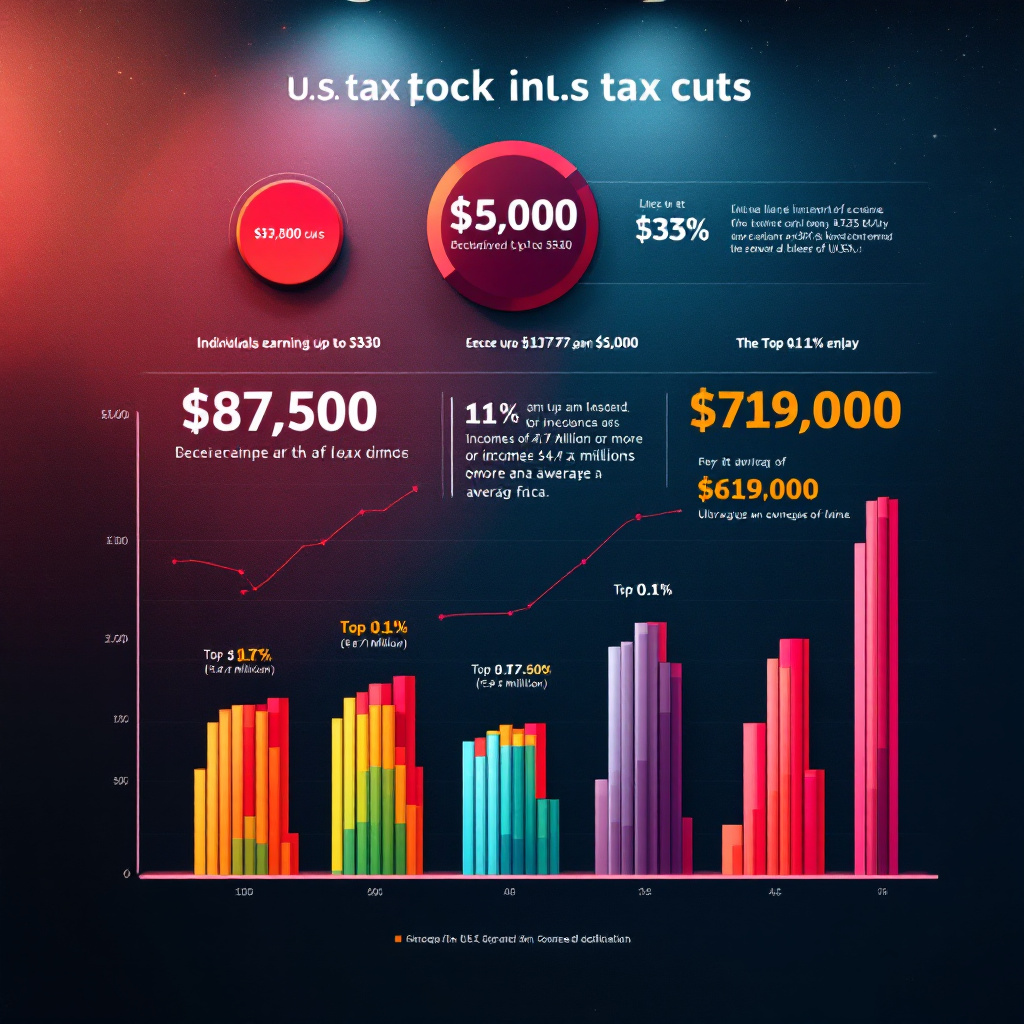Is the American dream becoming a nightmare for many? We’re constantly told about economic progress, but what if that progress comes at the expense of the most vulnerable among us? This segment with Ali Velshi dives deep into Donald Trump’s economic policies, the proposed budget cuts, and the potential ripple effects on international relations. Are these policies designed to truly benefit all Americans, or are they simply widening the chasm between the rich and the poor?
https://www.youtube.com/watch?v=2P6_kj-3uB4
The Republican Budget: A Magic Trick with Numbers?

A new budget has passed in the House, and it’s raising eyebrows. At first glance, it looks like a standard financial plan. But a closer look reveals some troubling priorities. The budget proposes deep cuts to healthcare programs like Medicaid. Medicaid serves one in five Americans, providing vital care to those who need it most. Why? To finance tax cuts that primarily benefit the wealthiest Americans.
Republicans are trying to downplay the impact of these tax cuts. They’re using what some might call “alternative math” to hide the true cost. The plan extends the 2017 Trump tax cuts for another ten years. This comes with a hefty price tag of $4.5 trillion. To make this massive expense disappear on paper, they’re using a questionable accounting trick.
Think of it this way: imagine you spend $250 a week on groceries. Would you simply ignore that expense when creating your household budget? Of course not! But that’s essentially what Republicans are trying to do with these tax cuts. They argue that since the tax cuts are already in place, they shouldn’t count towards future budgets. This is a tactic that will add to the deficit and needs to be paid for.

Who Wins? A Look at the Tax Cut Breakdown
Let’s break down who really benefits from these tax cuts. According to a budget model analysis from Wharton, the results are pretty stark:
- Those earning up to $35,000 a year will get about $330 more per year.
- Those earning up to $117,000 a year will see an annual gain of about $5,000.
- The top 1% will see an increase of about $77,500.
- The top 0.1% (those making $4.7 million or more) will benefit to the tune of $619,000 on average.
It is clear where the priorities lie. The rich get richer, while everyone else gets crumbs.

What Gets Cut? The Programs on the Chopping Block
To pay for these tax cuts, the House bill proposes up to $2 trillion in spending cuts. These cuts will disproportionately affect programs that benefit those most in need. Here are a few examples:
- Education and Workforce Committee: $330 billion cut, impacting student loans and education investments.
- Agriculture Committee: $230 billion cut, likely from SNAP (food stamps), which helps low-income Americans buy groceries.
- Energy and Commerce Committee: $880 billion cut, almost entirely from Medicaid.
These cuts will have devastating consequences for low-income Americans, people with disabilities, and the elderly. Medicaid covers healthcare costs for 72 million people and funds nearly half of all births in the US. It is also a major source of funding for states, especially in rural areas. How can we justify taking away vital resources from those who need them most?
Chris Hayes Weighs In: A Toxic Mix of Policies
Chris Hayes, host of “All In with Chris Hayes” on MSNBC, joins the conversation to provide his insights. He points out that Donald Trump initially rejected the austerity politics of previous Republican lawmakers. But now, we’re seeing a full embrace of what Hayes calls “Hardcore redistribution upwards and austerity politics.”
Hayes emphasizes that these policies are not popular. 71% of Trump voters don’t want cuts to Medicaid. Many Republicans rely on programs like Medicaid, SNAP, and agricultural support. They didn’t vote for cheaper eggs in exchange for losing healthcare. Democrats will emphasize this during the election.
The Importance of Long-Term Investments
Hayes highlights the importance of long-term investments like the National Institutes of Health (NIH) and USAID. The NIH is the largest single funder of medical research in the world. NIH Website NIH funding leads to cures and treatments that benefit everyone. USAID works in the background to prevent serious problems before they even start. USAID Website
Cutting funding to these programs is shortsighted and dangerous. The consequences may not be immediately apparent, but they will come back to haunt us in the future.

The Siren’s Call: Attention as a Distraction?
Hayes’ new book, “The Siren’s Call: How Attention Became the World’s Most Endangered Resource,” explores how our attention is constantly being hijacked. Social media companies and advertisers are fighting for every millimeter of space in our minds.
He explains the “attention economy.” It uses “iterative Interruption” to keep us hooked, much like a slot machine. This constant bombardment of information makes it difficult to focus on what truly matters. Public discourse suffers. Attention becomes its own end.
Hayes suggests that we need to rethink how we regulate attention. We need to recreate attentional regimes in our own discourse. This involves choosing what we focus on and actively resisting the forces that are trying to manipulate us.
Ambassador Bob Rae on Tariffs and Trade Wars
Ambassador Bob Rae, Canada’s ambassador to the United Nations, shares his perspective on the global implications of Trump’s policies. He points to a “rupture” in the world order caused by Trump’s siding with Russia. This has impacted alliances. He mentions the meeting in London convened by Kir Starmer, focused on continuing support for Ukraine.
Rae emphasizes the negative impact of tariffs on both the Canadian and US economies. He argues that tariffs are taxes that increase costs and slow down trade. Companies, not countries, engage in trade. Buyers choose Canadian lumber for its price or quality.
Rae also addresses the US argument about subsidization. He stated Canada doesn’t subsidize it’s lumber. He warns of the potential consequences of a trade war. This includes job losses, higher prices, and reduced prosperity.
The Looming Trade War: Lumber and More
The specific issue of tariffs on Canadian lumber raises serious concerns. This will increase the cost of building homes in the United States. It could lead to job losses in both countries. It makes little sense to increase tariffs on essential goods like lumber and fertilizer. This could negatively affect farmers and consumers alike.
Conclusion
The economic policies being pursued raise serious questions about fairness and priorities. Are we sacrificing the well-being of the many for the benefit of the few? It’s up to us to pay attention, demand accountability, and fight for a more just and equitable future.


